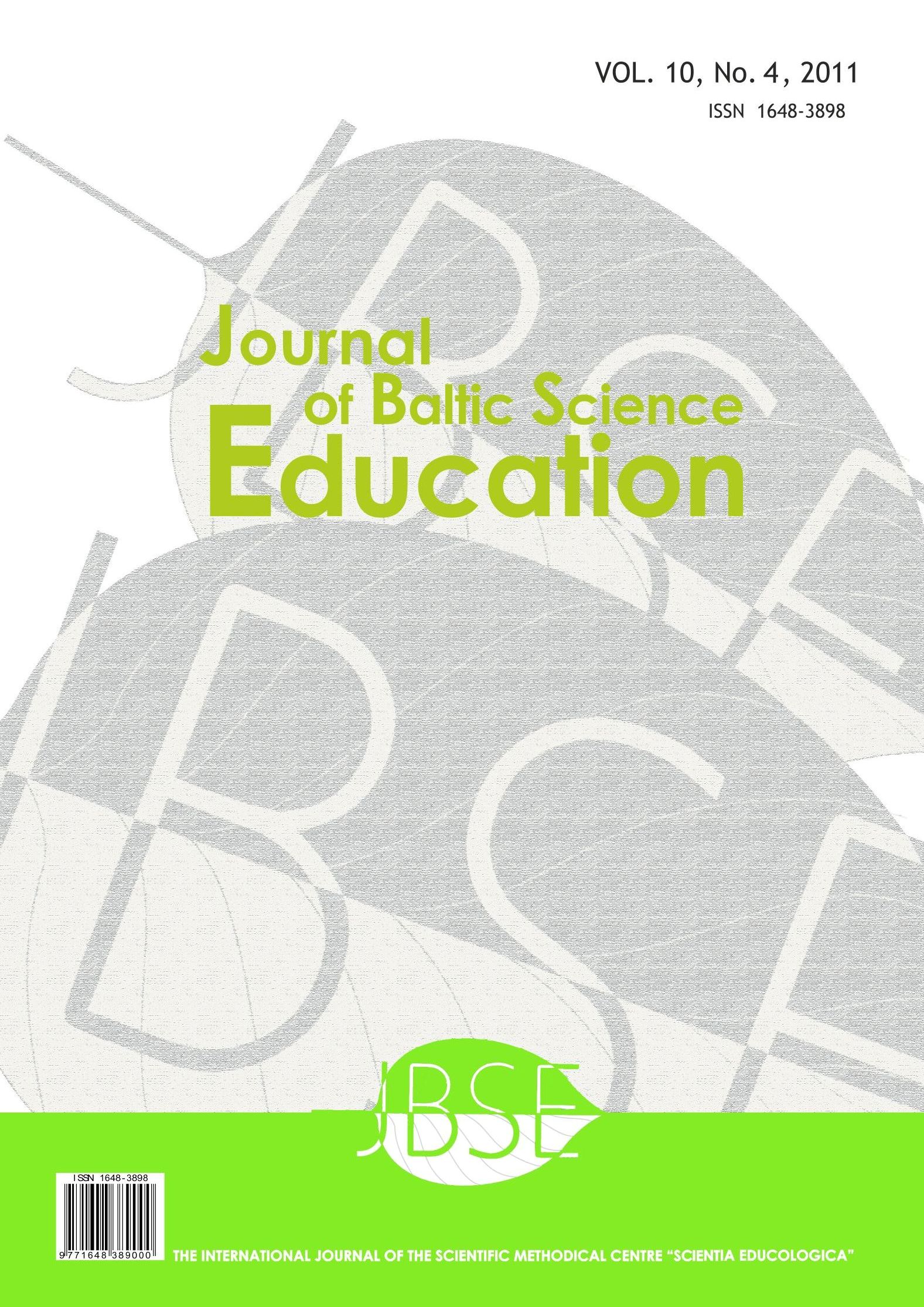KNOWLEDGE ORGANIZATION IN PHYSICS TEXTBOOKS: A CASE STUDY OF MAGNETOSTATICS
KNOWLEDGE ORGANIZATION IN PHYSICS TEXTBOOKS: A CASE STUDY OF MAGNETOSTATICS
Author(s): Sharareh Majidi, Terhi MäntyläSubject(s): Social Sciences, Education
Published by: Scientia Socialis, UAB
Keywords: Ampère’s law; Biot-Savart law; concept maps; knowledge organization; science textbooks;
Summary/Abstract: Textbooks often provide teachers and students a conception of how scientific knowledge is organized. Therefore, it is of interest to recognize what is the picture of knowledge conveyed by the textbooks. In this study, the knowledge organization in three university physics textbooks is analyzed from the viewpoint of how the basic elements in the topics of Biot-Savart and Ampère’s law are structurally linked. The method of analysis is based on the interpretative analysis, which (a) recognizes basic elements of knowledge and (b) identifies the categories of links that connect basic elements. Concept maps are used to represent knowledge organization of textbooks. The results indicate that content knowledge of textbooks consist of somehow identical basic elements but different categories of links and thus different knowledge organizations. The possibility to recognize these differences in the curriculum materials is a first step towards developing more effective teaching and learning solutions and curriculum plans.
Journal: Journal of Baltic Science Education
- Issue Year: 10/2011
- Issue No: 4
- Page Range: 285-299
- Page Count: 15
- Language: English

